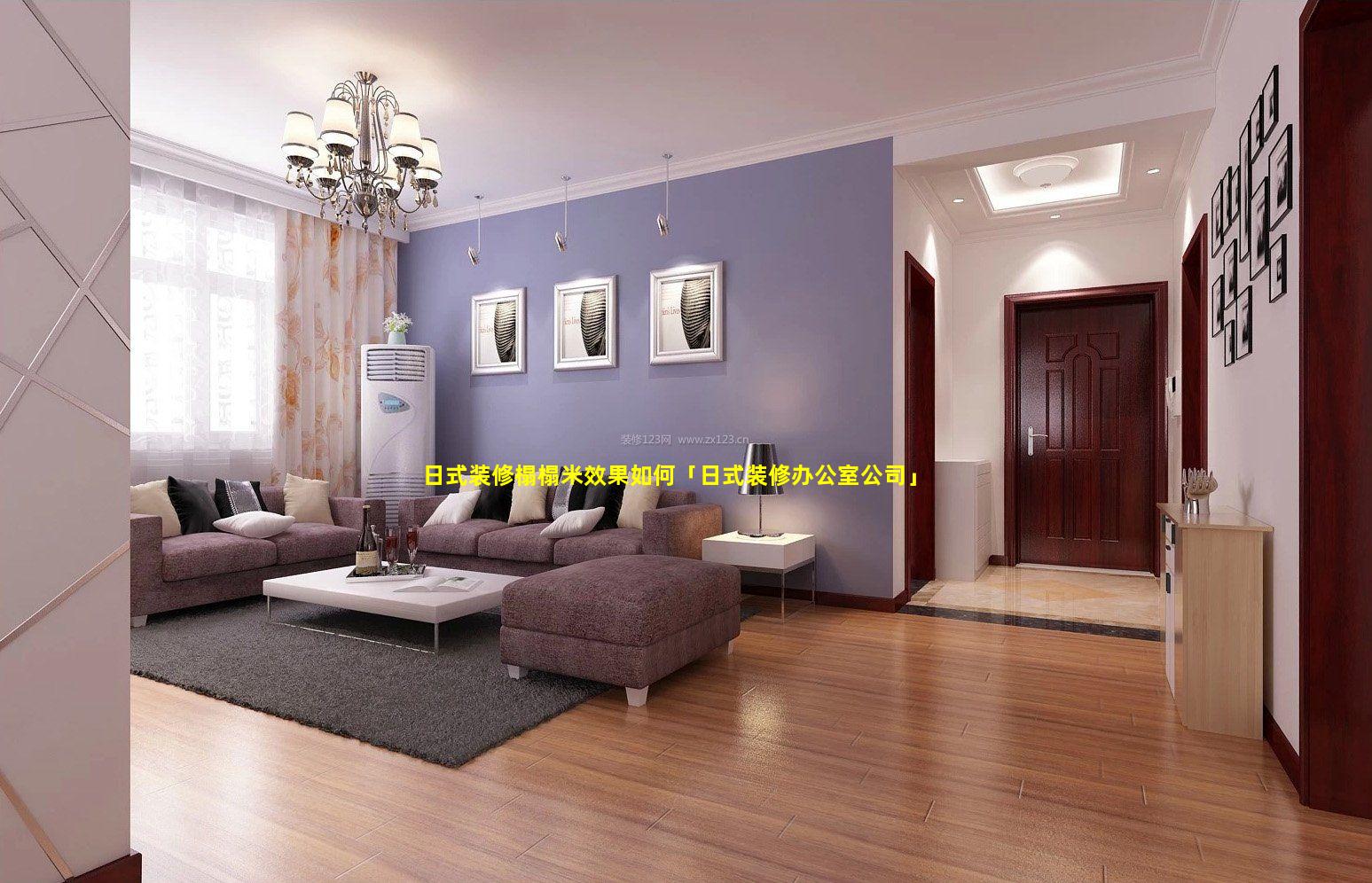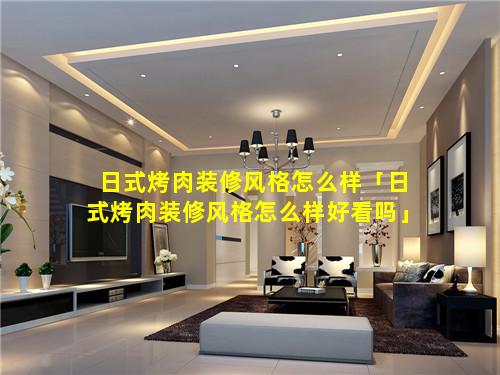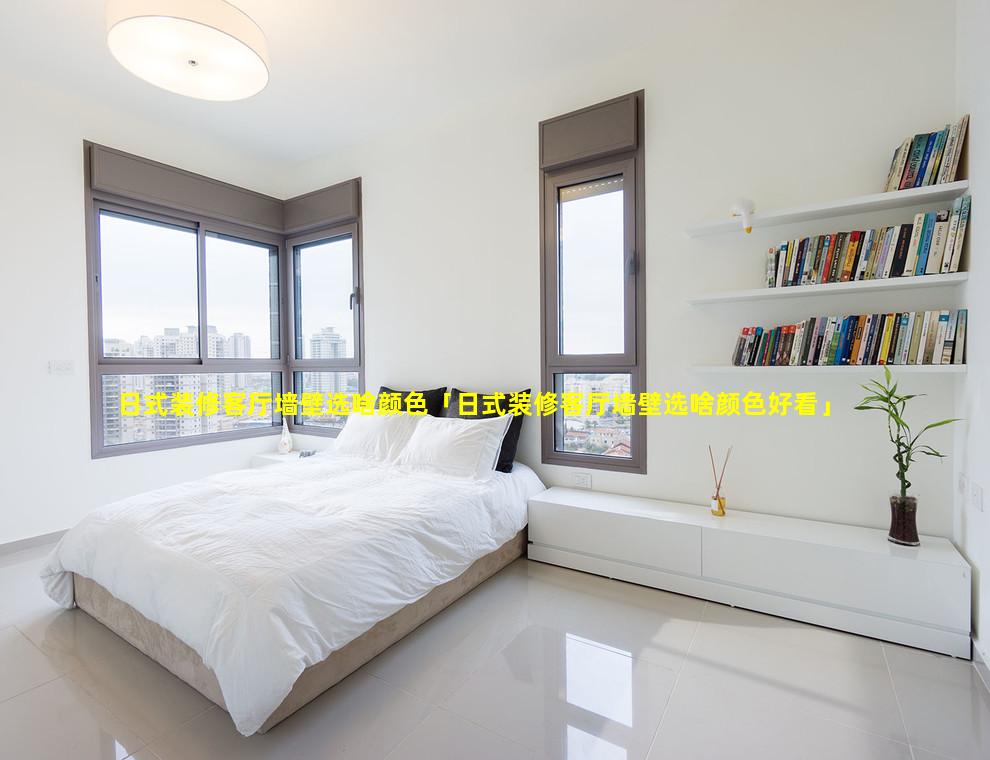1、日式装修榻榻米效果如何
日式装修榻榻米效果
榻榻米是日式装修中常见的元素,具有以下效果:
1. 自然舒适:
榻榻米由天然材料制成,如蔺草或稻草,触感柔软舒适。它营造出一种宁静、放松的氛围,让人感觉与大自然融为一体。
2. 隔热保温:
榻榻米具有良好的隔热和保温性能,可以隔绝地面的寒气和热量。在炎热的夏季,它可以保持房间凉爽;在寒冷的冬季,它可以提供温暖。
3. 吸湿透气:
榻榻米内部的中空结构使其具有良好的透气性。它能吸收空气中的水分,保持室内空气清新。
4. 耐用易清洁:
榻榻米质地坚韧,耐用且易于清洁。定期吸尘或用湿抹布擦拭即可保持其清洁度。
5. 空间优化:
榻榻米可作为多功能空间使用。它可以充当起居室、卧室或书房,充分利用可用的空间。
6. 传统韵味:
榻榻米是日本传统文化中不可或缺的一部分。它可以为房屋增添一丝东方韵味,营造出独特的日式氛围。
注意事项:榻榻米不耐水渍,因此应避免弄湿。
榻榻米需要定期维护,包括吸尘和更换草席等。
榻榻米不适合放在阳光直射的地方,否则容易褪色。
2、日式装修办公室公司
日式装修办公室公司
竹清设计网站:
服务:日式室内设计、传统日式建筑装修
日式文化空间
网站:
服务:日式办公室设计、传统茶室建造
和风设计网站:
服务:现代日式室内设计、办公室翻新
森之风设计
网站:
服务:自然风格日式设计、竹制家具制造
岩下设计网站:
服务:定制日式办公室设计、木制结构翻新
锦和设计网站:
服务:日式当代设计、传统工艺品集成
新和设计网站:
服务:简约现代日式设计、空间规划
和意设计网站:
服务:日式美学融合当代风格、办公环境设计
美和设计网站:
服务:传统与现代相结合的日式设计、室内绿化
和风创新网站:
服务:创新日式设计、尖端技术集成

3、日式装修效果图厨房
[Image of a Japanesestyle kitchen with a wooden countertop and white cabinets]
Characteristics of Japanesestyle kitchens:
Simplicity: Japanesestyle kitchens are known for their simple and minimalist design. The use of clean lines, natural materials, and muted colors creates a sense of tranquility and order.
Functionality: Japanese kitchens are designed to be highly functional and efficient. The layout typically features a central island or peninsula that serves as the main workspace. Ample storage space is also a key feature, with cabinets and drawers often hidden behind sliding doors or panels.
Natural materials: Japanese kitchens often incorporate natural materials such as wood, stone, and bamboo. These materials add warmth and texture to the space, creating a cozy and inviting atmosphere.
Zen influence: Japanese culture and aesthetics often influence the design of Japanesestyle kitchens. This can be seen in the use of elements such as shoji screens, tatami mats, and bonsai plants.
Popular design elements:
Wooden countertops: Wooden countertops are a staple of Japanesestyle kitchens. They add warmth and natural beauty to the space.
White cabinets: White cabinets are another popular choice for Japanese kitchens. They create a clean and modern look, and help to reflect light, making the space feel larger.
Sliding doors: Sliding doors are a common feature in Japanese kitchens. They can be used to hide storage areas or to divide the space into different zones.
Tatami mats: Tatami mats are a type of flooring that is often used in Japanese homes. They are made from woven straw and add a traditional touch to the kitchen.
Bonsai plants: Bonsai plants are a popular way to add a touch of nature to Japanese kitchens. They can be placed on countertops, shelves, or in the center of the island.
Here are some additional examples of Japanesestyle kitchen design:
[Image of a Japanesestyle kitchen with a black island and white cabinets]
[Image of a Japanesestyle kitchen with a wooden island and white cabinets]
[Image of a Japanesestyle kitchen with a white island and black cabinets]
4、日式装修样板间图片
描述:传统日式风格的样板间,采用米色和木质色调,营造出温馨而舒适的氛围。
描述:现代日式风格的样板间,采用白色和原木色调,线条简洁,给人以清新自然的感觉。
描述:日式禅宗风格的样板间,采用灰白色调,辅以布艺和花卉装饰,营造出宁静而禅意的氛围。
描述:日式侘寂风格的样板间,采用质朴的材料和不完美的线条,表现出一种自然之美和时间流逝的痕迹。
描述:日式温泉风格的样板间,采用木质结构和竹制屏风,营造出一种休闲放松的氛围。
描述:日式和式风格的样板间,采用榻榻米地板和传统日式家具,给人以一种传统而典雅的感觉。
描述:日式简约风格的样板间,采用浅色调和简洁的线条,注重空间利用和功能性。
描述:日式工业风格的样板间,采用混凝土墙面和金属元素,营造出一种粗犷而有质感的氛围。
描述:日式混搭风格的样板间,结合了日式元素和现代元素,打造出一种独特而有品味的氛围。
描述:日式别致风格的样板间,采用明亮的色彩和独特的装饰元素,给人以一种清新而有活力的感觉。


